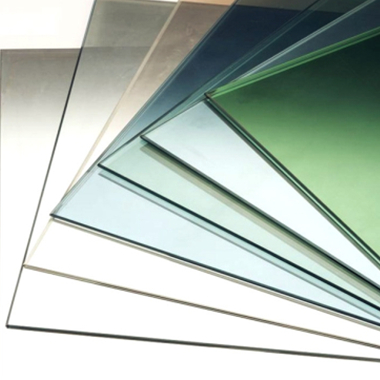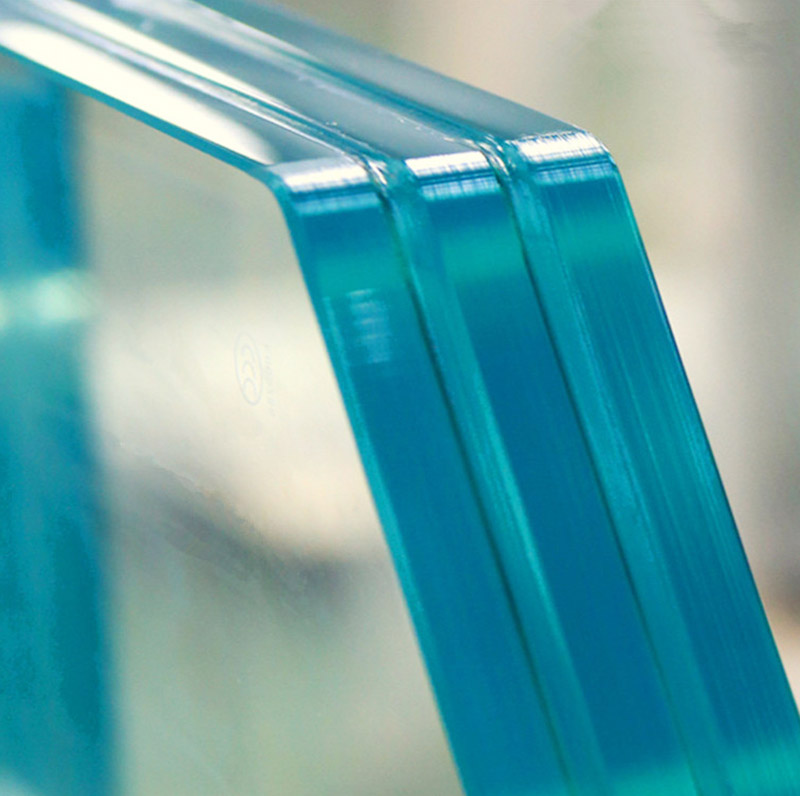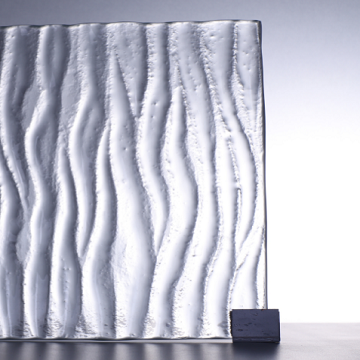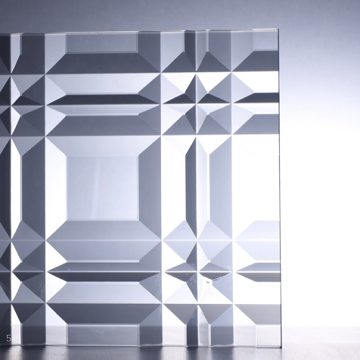Glass is everywhere today.
We see glass in the walls of high-rise commercial buildings, in the windows of houses, in the windscreens of vehicles, around pools and as a part of doors. Then there are tumblers, fine crystal, cookware, bottles, jars, glassware, mirrors – and the list goes on.
There are so many types of glass, and while ‘it’s an aesthetically pleasing and useful material when enough force is applied, glass can break and shatter. With so much glass around us all, ‘it’s wise to be aware of the type of glass around your home and workplace.
So, here’s a short guide on the three most common glass types that are used and where, as well as how they break.
Understanding your options is important to us, and this post aims to clear up any confusion with the three major types of glass. All three can be used in residential and commercial settings, and all suited for very specific needs. If you have any additional questions, feel free to ask one of our expert sales representatives.
The classifications of glass and its features
There are many different types of glass for many different glass applications. Certain applications require that you use toughened safety glass, while others require double glazed or standard glass.
Here are the three most common glass types and their unique characteristics:
1. Float or Annealed (Standard) Glass
Float or annealed glass is a basic glass product formed from the heating and cooling stages of the “float” manufacturing process. This is the base glass that is used in the value-added production of other glass products such as laminated, various coated environmental glasses and the manufacturing of mirrors by using a reflective adhesive as a backing.
How it’s used: This glass is predominantly used for windows, decorative tabletops and mirrors.
How it breaks: Float/annealed glass breaks easily with only moderate force, shattering to produce long, sharp splinters which can pose a severe safety risk.
2. Laminated Safety Glass
Laminated glass is classified as a safety glass type, and is made up of two or more sheets of glass. These glass sheets are held together permanently by an interlayer such as polyvinyl butyral (PVB). Laminated glass is about two times stronger than standard float glass of the same thickness, with the advantage that in case of breakage, it generally holds together by breaking into a spider-web pattern.
How it’s used: Laminated glass is a cost-effective alternative to toughened glass and can be used for most of the same purposes as it can be cut to size after manufacture. This type of glass is most commonly used in motor vehicle windscreens.
How it breaks: Laminated glass may crack under high pressure, but all of the shard pieces tend to hold together, adhering to the plastic vinyl interlayer. This interlayer helps keep the broken glass together, which helps with security and weatherproofing (until it can be replaced).
3. Toughened Safety Glass
Toughened safety glass (also known as tempered glass) is up to five times stronger than standard float glass of the same thickness and has a much higher breakage and load resistance. It also has a lesser risk of thermal breakage compared to other types of glass.
How it’s used: You can see tempered or toughened glass throughout the home, from shower screens and front doors to windows and pool fences. It’s also used in furniture such as coffee tables and dining tables.
How it breaks: To break tempered glass, you have to target its weak points which are more towards the edges. When broken, the glass breaks into small square pieces that tend to be more blunt than sharp, reducing the risk of injury.
The architectural Glass Supplier In China:
Wallkingdon Glass is a leading glass supplier in China for architectural and interior glass and offers a variety of tempered and laminated glass products to satisfy a wide range of applications.
If you have any question for any type of glass , pls kindly contact us via enquiry@wallkingdonglass.com







